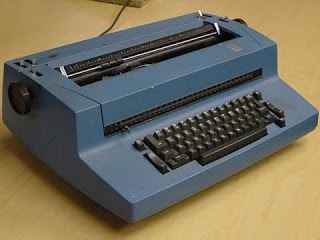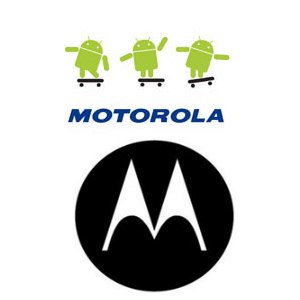Memories of two keyboards: IBM’s Selectric and Personal Computer
The IBM Personal Computer was introduced on August 12, 1981. The IBM Selectric typewriter debuted July 31, 1961. What a world of difference between the two devices – but both made a tremendous mark on global business and on today’s society.
My introduction to the IBM Selectric came in the 1970s. Through high school and then into college, I earned good money typing term papers, theses and dissertations. A good typist could earn serious money, especially if you were both fast and accurate – and, without adopting any false modesty, I was both. At first, I used a Smith-Corona cartridge typewriter, but in college I had easy access to lots of Selectric typewriters.
The Selectric II was heavenly. I could type like the wind on that beautiful, perfect, silky keyboard. Because you could change the golf-ball-shaped head, I could offer grad students and professors a couple of different typefaces – and even insert italics instead of merely underlining for emphasis. (I charged extra for pages with italics.)
I still own that Smith-Corona typewriter, and occasionally fire it up to frighten editorial interns. I never did purchase a Selectric typewriter, though. They were far too expensive, and worse, they earned a reputation for frequent breakdowns that required costly service contracts or ruinous repair bills.
The Selectric typewriter, with its type ball and lack of moving carriage, took up very little space on an office desk, and for many businesses, was a wise investment for turbocharging secretaries and typing pools. The mag tape version of the Selectric – which I never used – was a stepping-stone to the world of dedicated word processing machines. IBM made word processing machines, but that market was dominated by Wang.
It was the ridiculously high cost of dedicated word processing machines that led to early adoption of the IBM Personal Computer in many companies. A floppy-based IBM PC and printer and word processing software (such as MultiMate) was much less expensive than a Wang machine.
When the IBM PC came out in 1981, I was working as a programmer for System/370-series mainframes. Some IBM sales guys (black suits, white shirts) came out and demonstrated the IBM PC to a rapt audience. They left one with us to evaluate – this was the original model with the 4.77MHz processor, a floppy drive and a green text-only monitor. We had no idea what to do with it. Eventually, the IBMers took it away. Certainly we didn’t miss it.
Mainframe programmers didn’t want the IBM PC, but secretaries and other office workers did. The IBM PC found a place (especially when the IBM PC/XT appeared in 1983 with its built-in hard drive) doing simple office tasks – like word processing, a true business-critical application. (Secretaries weren’t happy with the IBM PC, since its early word-processing software wasn’t anywhere near as a versatile and reliable as the Wang machines machines. But the hardware and software improved rapidly, and the cost savings was huge.)
Except in the sciences and in special applications, the IBM PC was often considered a piece of office equipment, not computing equipment. A company’s IT staff rarely got involved with these stand-alone appliances, any more than they would have maintained Selectric typewriters or Wang word-processing machines.
When did IT become involved? For most organizations, the tipping point arrived by the mid-to-late 1980s, when administrators began supporting custom software, terminal access and local-area networking. The drivers for LANs, of course, was to provide shared access to expensive laser printers and file servers. Distasteful though it was to many glass-house professionals, it was clear that the IBM PCs were computers, not office equipment.
Thanks to innovations like Lotus 1-2-3 macros, Novell NetWare and the need to build and support business-enhancing software written in BASIC, Turbo Pascal and dBase II, the IBM PC turned into a true enterprise IT resource instead of a glorified typewriter. The Selectric was dead. Long live the IBM PC.
The rest, as they say, was history.
Z Trek Copyright (c) Alan Zeichick



I loved the keyboards on early PCs. Fast, responsive… better than anything I’ve used since.
The IBM keyboard gems in my book were the Model M (http://en.wikipedia.org/wiki/Model_M_keyboard) and the IBM Adjustable Keyboard aka Lexmark Select Ease (http://deskthority.net/wiki/IBM_Adjustable_Keyboard). I still have two of the Adjustables which I use every day, as well as an old, old Model M that must go back to the PS/2 system days. The Adjustables are extremely rare now. No substitute for them anywhere.